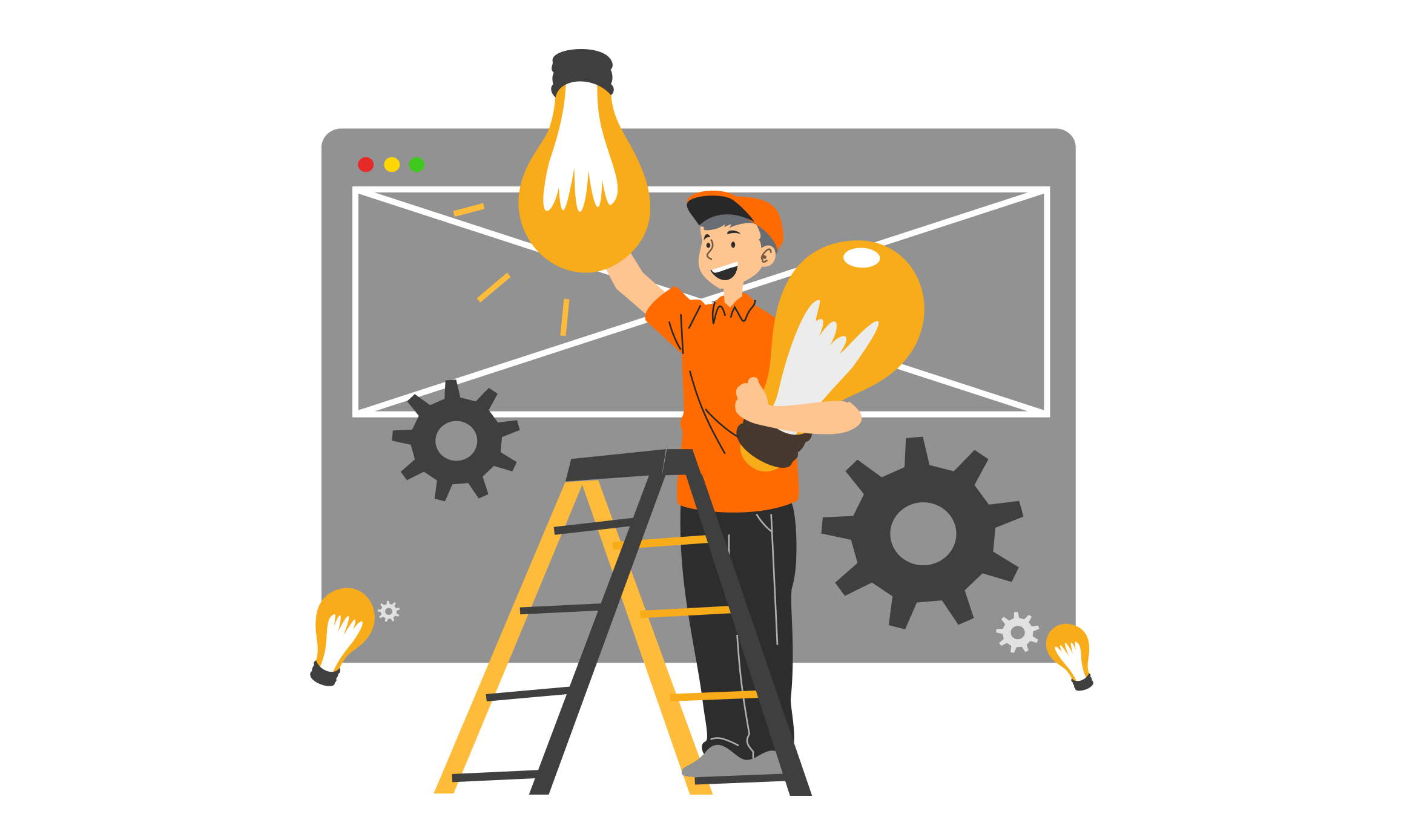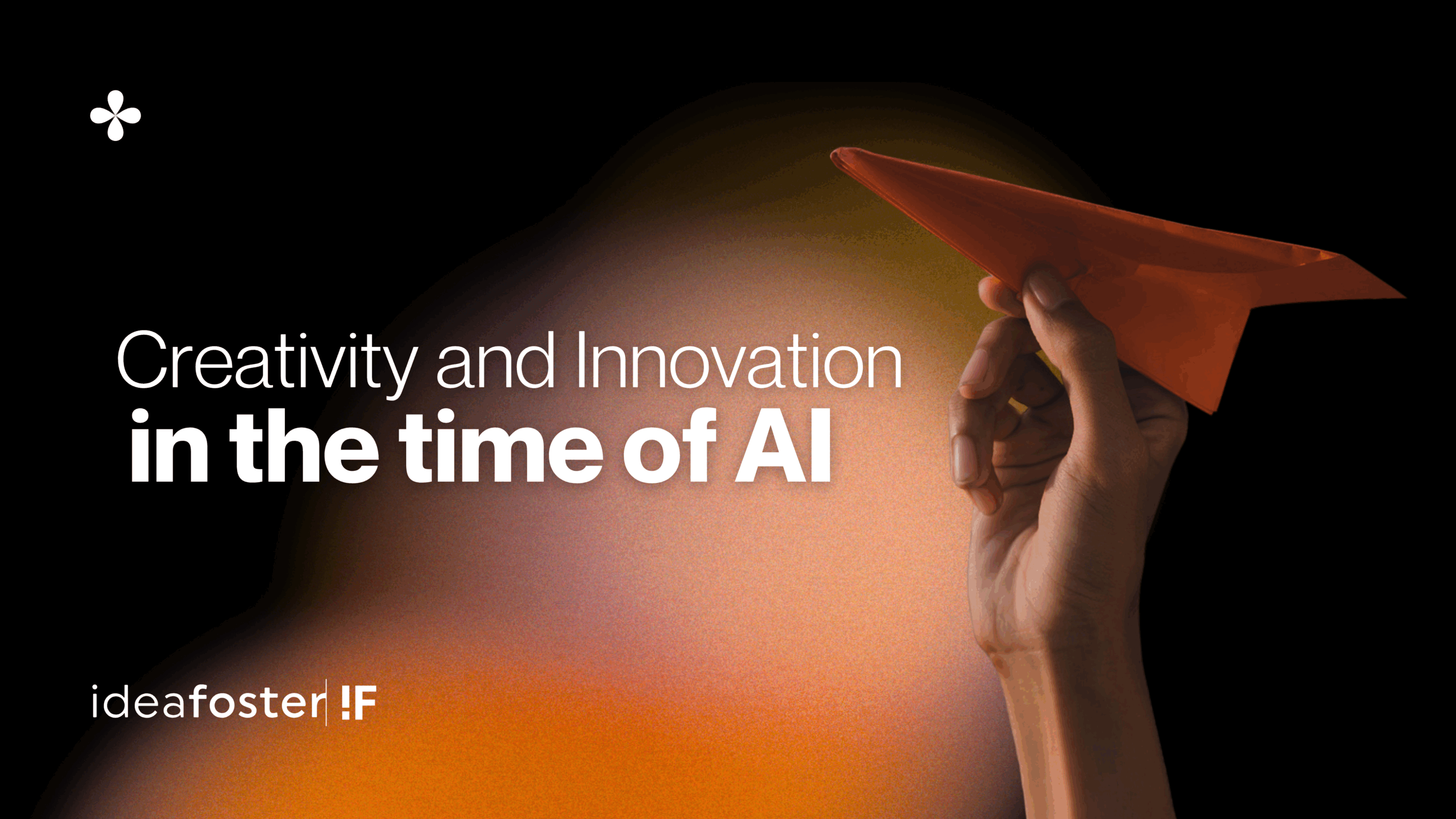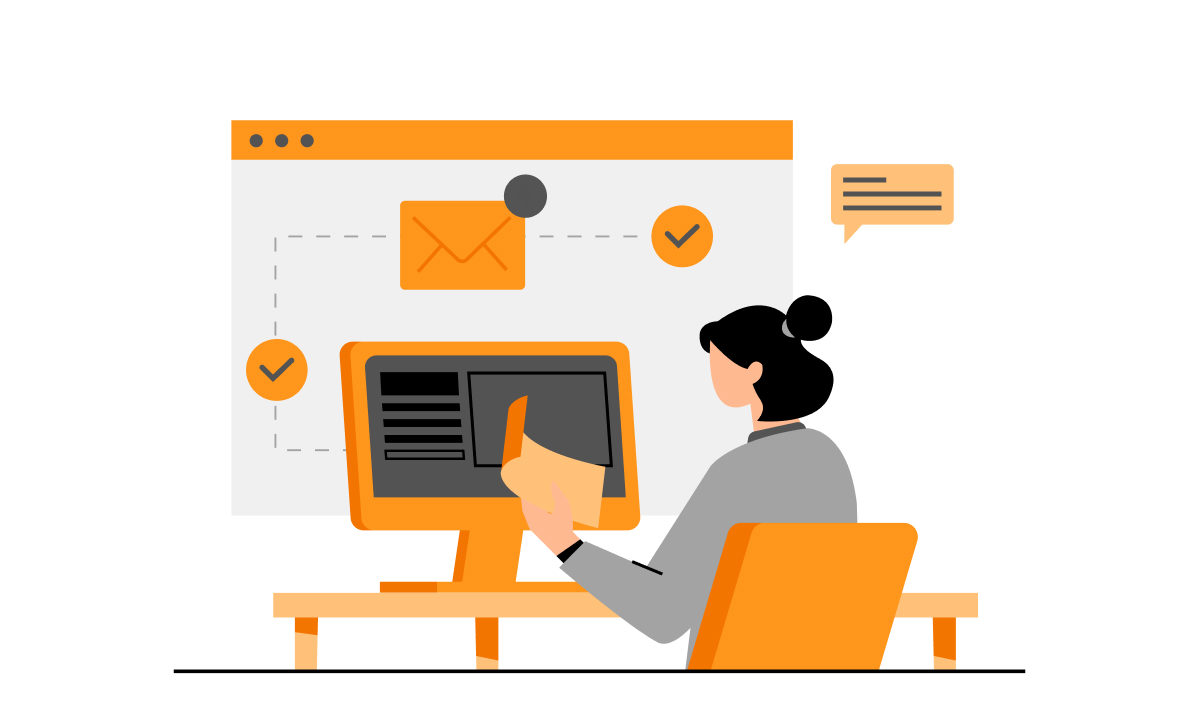Sep 5, 2023 • 2 min read
How to prototype a product?

In the world of innovation and product development, prototyping has established itself as an essential tool for materializing ideas and turning them into tangible realities. From our point of view as a team committed to problem-solving and customer-centric innovation, prototyping is more than a process. Prototyping is a way to unleash creativity and accelerate the realization of unique solutions. In this article, we’ll explore how to prototype a product effectively, highlighting tips and key steps to ensure the success of this dynamic process.
Why is it crucial to prototype a product?
The prototyping process is a fundamental pillar in the development of innovative products and solutions. Let’s look at three key reasons why product prototyping is vital.
(01) Helps identify problems in the early stages of development.
Prototyping allows teams to detect and resolve potential issues before they go into production. Imagine you’re designing a mobile app for task management. When creating an interactive prototype, you may notice that the design of the buttons is not intuitive for users. This early feedback gives you the opportunity to fine-tune the design and improve the user experience.
(02) Prototyping a product fosters the optimisation of resources.
Prototyping a product avoids unnecessary expenses because it validates concepts before investing in full production. Let’s say you’re developing an electronic device for the home. Through a working prototype, you discover that one of the selected components is not efficient and could be replaced by a cheaper alternative without affecting performance. This would save financial resources and time in the production phase.
(03) Generate valuable feedback.
Let’s take another example: when designing a restaurant reservation app, when presenting a prototype to users, you could receive valuable feedback on confusing navigation issues or missing important information. This improvement-oriented feedback helps build a more robust and satisfying product.
(04) Resource Saving
Prototyping avoids over-investing resources in a design or concept that might not be viable. When testing, problems are identified early in the process, saving time and money, which can be very costly in the final stages.
(05) Effective Communication
Prototypes serve as effective communication tools between the different teams working within an organization. For example, design staff can visually show their ideas to engineers, marketers, and other stakeholders, making it easier to understand all aspects of the product so that improvements can be suggested.
(06) Usability Testing
Prototypes allow usability testing with real users before the product is launched. In this phase, valuable data on the user experience is obtained, which allows you to detect areas for improvement from the point of view of a real end consumer. This ensures that the final product meets market expectations, or at least comes closer to them.
(07) Rapid Iteration and Risk Reduction
This process facilitates rapid iterations throughout the design, so changes can be implemented with agility. In this way, development is accelerated and the final result is adapted to the changing needs of the market or users. On the risk side, by allowing changes to be made before the final launch, you increase the quality of the resulting product and confidence in its success.
(08) Continuous innovation
Innovation is fostered by providing a safe space to test new ideas and approaches. The ability to experiment and adjust quickly to new findings boosts creativity and allows for the introduction of innovative features into the final product.
Key Steps to Prototyping a Product
We have already talked on other occasions about the stages in the different prototyping techniques . So today we’ll do a little recap before we dive into the more practical tips.
Define clear objectives.
Before you start prototyping, it’s essential to have a clear understanding of your product goals. It defines the main features, the problems it solves, and the expectations of the users. This will provide a solid direction for the prototyping process.
To create a prototype of a product, select the prototype type.
There are several types of prototypes, from paper to functional. Select the type that best suits your needs and goals. For initial concepts, a low-fidelity prototype may suffice, while for validating functionality, an interactive prototype may be more suitable.
Prototype design
Create a design that reflects the essential features of the product. Use graphic design or prototyping tools to create a visual representation that captures the essence of the product and its key functionalities.
Construction
Depending on the type of prototype, build it using the right materials and resources. It can be a sketch on paper, a printed 3D model, or even a working prototype with electronic components.
Validation & Testing
Once the prototype is ready, put it through extensive testing. Validate functionality, ease of use, and user experience. Identify potential areas for improvement and provide feedback to the design based on the results.
Iteration & Improvement
Based on the test results, iterate and improve the prototype. Make adjustments to design, functionality, and other aspects based on needs and feedback. The length of this entire process varies, but the long-term benefits far outweigh it.
Tips for prototyping a product
Start simple and lo-fi
Starting the prototyping process with low-fidelity models has several advantages. Because these prototypes are quick and inexpensive to create, you’ll be able to experiment with testing multiple ideas without a significant investment of time or resources. Additionally, starting with the basics helps validate fundamental concepts before getting involved in more complex details. This avoids possible misunderstandings or deviations in the initial stages.
Engage users from the start
The active participation of users is essential for the success of prototyping, since their opinions are a more real approximation. For this reason, you should seek feedback from users from the early stages, to understand their needs and expectations. By doing so, you also ensure that their perspectives are incorporated into the design, so that the product that is ultimately developed is close to what they want or need.
Constantly iterate
The prototyping process doesn’t follow a straight line. Rather, it is a continuous cycle of testing, feedback, and adjustment. Ideally, iterate constantly and take advantage of each iteration to improve specific aspects of design and functionality. In terms of agility in iteration, this allows you to quickly adapt to changes and optimize the product based on the feedback received. What this achieves is ensuring that each version is an improvement over the previous one.
Focus on user experience (UX)
Beyond visual appearance, prototyping should focus on the user experience. To do this, it will be necessary to assess aspects such as the way users will interact with the product, how intuitive it is to use and how they will feel when interacting with it. User experience directly influences product adoption and success in the market, so it’s critical to address this aspect from the earliest stages of prototyping.
Combine skills and perspectives
Interdisciplinary collaboration should also be kept in mind during the prototyping process, as each professional offers their own perspective. It brings together experts from different fields, such as designers, developers, marketing experts, and, of course, as we have indicated, end users. The diversity of skills and perspectives will enrich the process, as it will bring unique insights from each area of expertise and ensure that all dimensions of the product are addressed holistically.
Prioritize key functionality
When developing prototypes, it is common to have doubts about which are the most relevant aspects to improve. The right thing to do is to focus on the key features and functionality of the product. In other words, it will be necessary to identify those characteristics that are fundamental to the value proposition and focus on prototyping them effectively.
Before adding other details that are less critical, the core of the product must be solidly established. In addition, when core functionality is prioritized, it also makes it easier to identify potential issues and allows for greater attention to the essential aspects of the product.
Consistency in design
Even as new iterations of the prototype are developed, they must all maintain the same consistency in design. Both in terms of visuals, interaction and flow. With consistency, you create a consistent experience for your users, making it easier for them to understand and use the product. On the other hand, establishing design patterns that are logical also allows you to speed up the development process and improve the efficiency of the entire team.
Use the right tools
Depending on what your team and project are, you need to select what will be the right prototyping tools. There are various platforms and applications that have been specifically designed to simplify and improve the prototyping process. To achieve this, they use the ability to create interactive prototypes that can be easily shared with the team and collect feedback efficiently. By choosing the right tools, you’ll be able to streamline your workflow and improve collaboration within your team.
Consider technical limitations
A common mistake is not taking into account any technical limitations and constraints of the production environment that may exist. This situation tends to occur more frequently when it comes to hardware or software projects. In these, certain restrictions can affect the viability of the product. By keeping these limitations in mind from the start, you can avoid future complications that have a very high economic impact and ensure that the prototype is a more accurate representation of what the final product will be.
In short, product prototyping is an essential process for bringing ideas to life, validating concepts, and optimizing solutions. By following these key steps and tips, you can harness the power of prototyping to unlock innovation, accelerate development, and create products that resonate with users and make a difference in the marketplace. Need help with this? Contact us!
Book a consultation
Let's start some incredible projects.
Let's innovate together!









